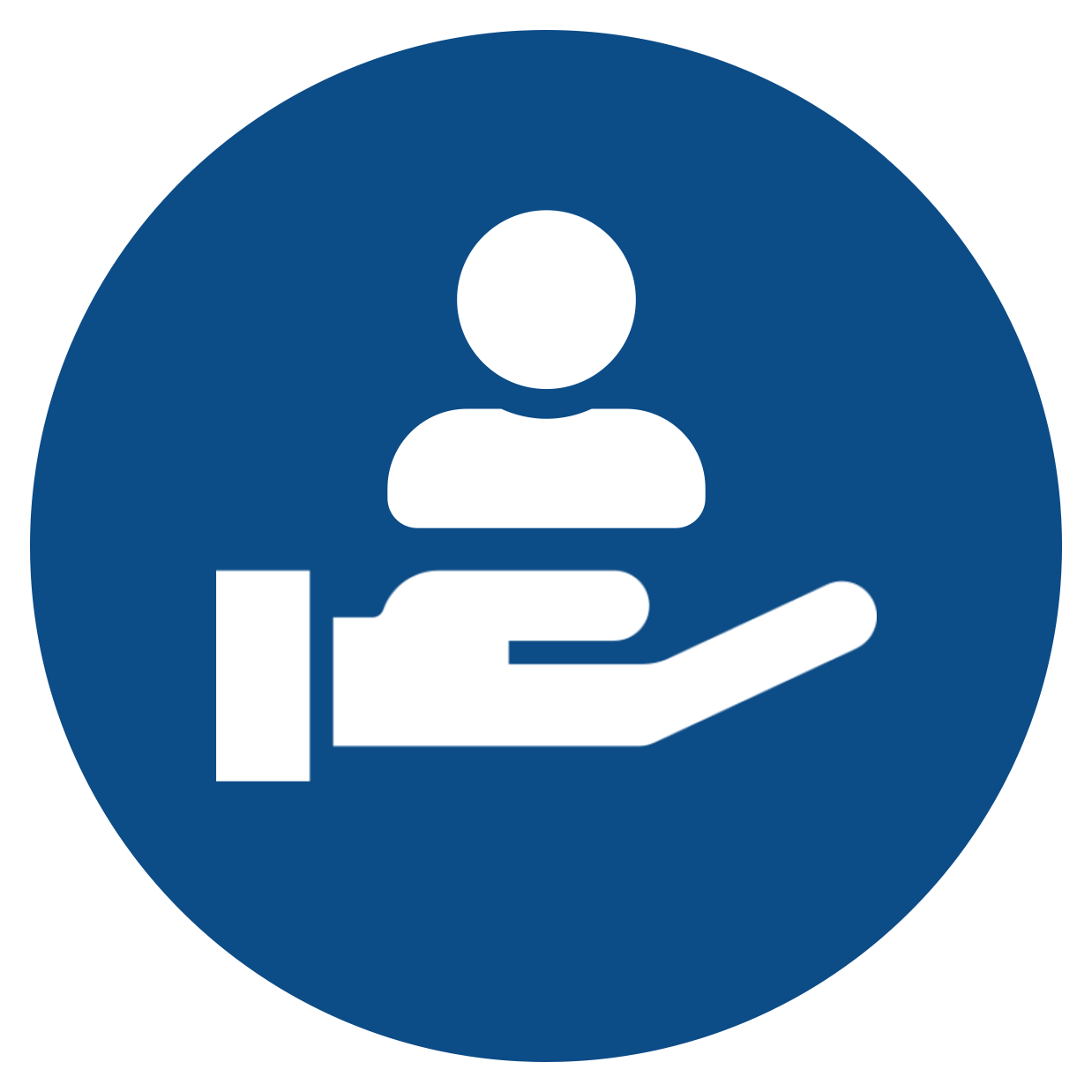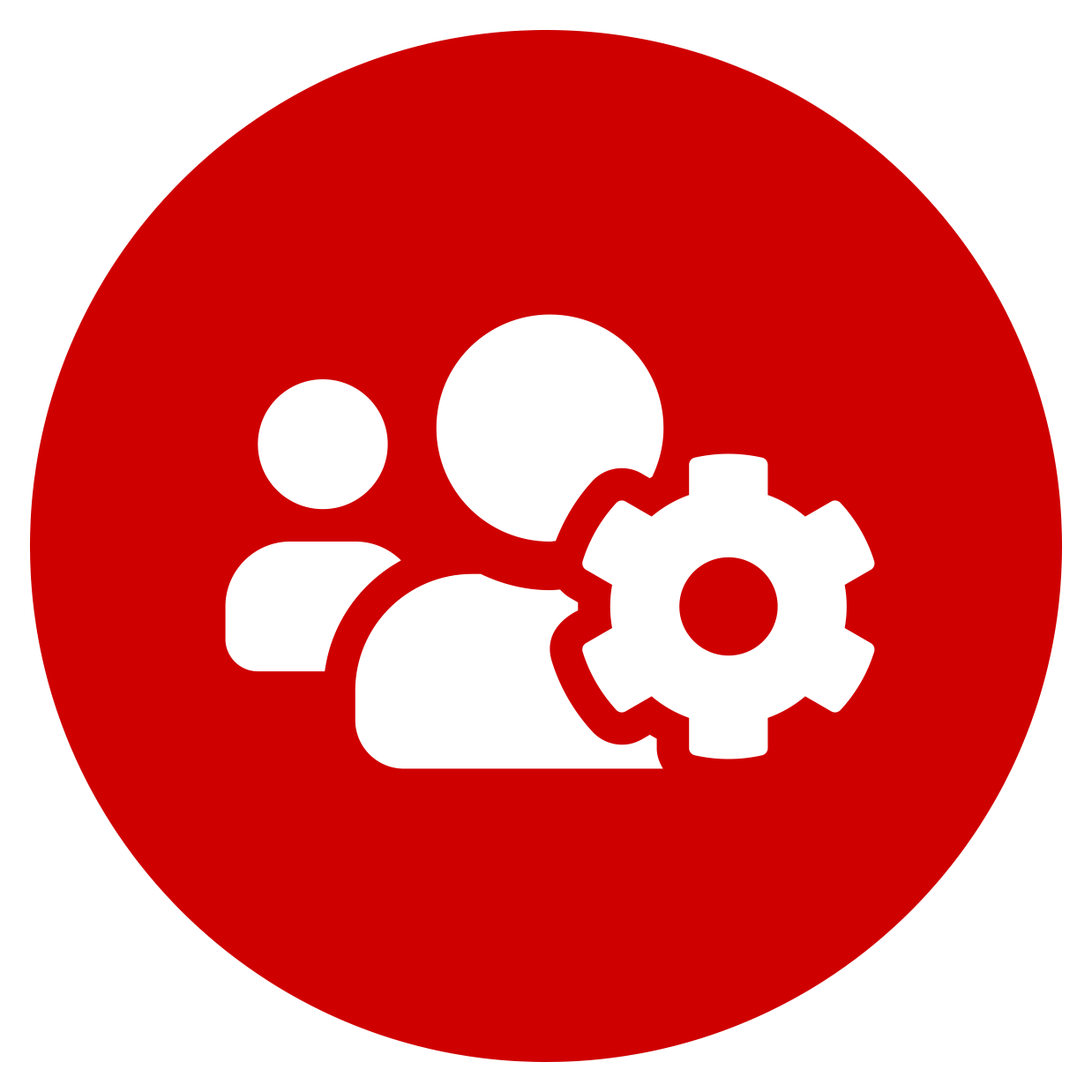Mystery Shopping Identifies Employee Training Needs: Achieving Excellence


Table of Contents
Key Takeaways:
- Employee training is a foundational element of organizational success, as its quality and effectiveness have a pivotal impact on a business’s growth, productivity, quality, innovation, and customer satisfaction.
- Systematic training needs analysis informs skill-building programs tailored to meet individualized needs of frontline customer service employees.
- Mystery shopping offers a customer-centric perspective for evaluating individual and team performance, pinpointing employee and team-wide deficiencies that need to be addressed to improve performance.
Introduction
Mystery shopping provides a unique vantage point to assess both individual employee performance and the collective proficiency of workplace teams.
This article explains how objective customer interactions can reveal specific skill gaps in individual employees, pinpointing areas for improvement in their service delivery.
It demonstrates where mystery shopping can identify training needs and inform targeted training initiatives that organizations can implement to enhance overall performance and customer satisfaction.
The Importance of Training Needs Analysis
Regular employee training needs analysis provides a systematic and data-driven approach to identifying specific areas where employees require additional skills or knowledge.
This process ensures that training programs are tailored to meet the precise needs of the workforce – ultimately enhancing performance, productivity, and overall organizational effectiveness.
The Role of Training in Organizational Goals and Growth
Employee training plays a key role in driving organizational growth and success. It equips employees with the necessary skills and knowledge to meet performance expectations.
This results in higher productivity, improved quality, and reduced inefficiencies. Proficient, skilled employees contribute more effectively to the company’s overall objectives.
This not only leads to increased customer satisfaction but also strengthens the brand’s reputation in the market, ultimately driving growth.
In addition, training fosters innovation and adaptability within the workforce.
In today’s rapidly evolving business landscape, organizations need to stay ahead of the curve to remain competitive. Through training programs, employees are exposed to new technologies, industry trends, and best practices.
This enables them to adapt to changes more readily, or even proactively seek out innovative solutions to challenges.
A well-trained workforce is better equipped to embrace change, which is crucial in an environment where staying stagnant in ability can lead to stalled business growth.
Finally, employee training is directly linked to employee satisfaction, engagement, and retention.
When employees feel that their employer invests in their development, it fosters a sense of loyalty and commitment. It demonstrates that the organization values its workforce and is willing to invest in their future.
This, in turn, leads to higher levels of job satisfaction and motivation, reducing turnover rates.
A stable, experienced workforce is essential for sustained growth, as it ensures continuity in operations and allows the organization to build on the knowledge and skills of its existing employees.
Steps to Identify Training Needs
Identifying employee training needs is a regular habit of any forward-thinking organization. But rapid turnover in many retail businesses challenges HR departments to upskill frontline employees quickly.
Many traditional training methods are too generalized or irrelevant to be effective.
Only by conducting a thorough analysis of skill gaps and areas for improvement can businesses tailor training programs that empower their workforce and drive growth over time.


Setting Organizational Goals and Objectives
Setting clear and well-defined organizational goals and objectives for employee training is pivotal in cultivating a culture of continuous improvement and achieving long-term success.
It provides a clear roadmap for employees, outlining what is expected of them in terms of skill development and knowledge acquisition. This clarity not only empowers individuals to take ownership of their own growth but aligns their efforts with the broader organizational vision.
Well-crafted goals and objectives enable executive leaders to measure progress and assess the effectiveness of a training program.
They serve as a benchmark against which performance can be evaluated, providing valuable insights for refining training methodologies and allocating resources optimally.
When shared, performance goals foster a sense of purpose and motivation among employees, reinforcing their commitment to personal and collective advancement.
Bottom line: setting robust training goals and objectives enhances individual performance and bolsters the overall organizational capacity for innovation and adaptability in an ever-evolving, competitive industry.
Determining Required Knowledge, Skills, and Abilities
Effective determination of the required knowledge, skills, and abilities of frontline employees requires a thorough understanding of employees’ roles and responsibilities. This involves a comprehensive analysis of the tasks they perform, the technologies they use, and the interactions they have with customers.
Industry-specific regulations, compliance standards, and any specialized tools or equipment employees may need to operate are obvious subjects for training. But soft skills such as communication, problem-solving, and teamwork are equally critical in ensuring smooth operations and excellent customer service. Regular feedback from supervisors and managers, as well as insights from experienced frontline employees, can provide valuable input into the skill-building process.
By accurately identifying and prioritizing the necessary knowledge, skills and abilities, organizations can tailor their training programs to equip frontline staff with the precise competencies required to excel in their roles, leading to stronger overall performance and greater customer satisfaction.
Assessing Current Employee Knowledge and Performance
Assessing employees’ current level of knowledge and performance involves a multifaceted approach employing various tools and methodologies. One common method uses performance evaluations, which provide a structured framework for managers to gauge an employee’s accomplishments, strengths, and areas for improvement. These evaluations often consider factors like job-specific skills, teamwork, communication, and problem-solving abilities.
By conducting regular feedback sessions and one-on-one meetings, managers and other team leaders can play a pivotal role in understanding an employee’s progress and promptly addressing any concerns. Beyond formal assessments, informal channels such as project outcomes, client feedback, and peer interactions can also shed light on an employee’s competencies and contributions.
Continuous learning and development programs further aid in identifying and closing gaps in knowledge and skills, allowing for personalized training initiatives to bridge these deficiencies. By systematically evaluating employee knowledge and performance, organizations can nurture talent and make informed decisions about promotions, role adjustments, and professional growth opportunities, ultimately fostering a dynamic and thriving work environment.
Engaging in Employee Conversations and Feedback
Engaging in employee conversations and feedback requires open, two-way communication channels between team members and their managers.
Regular check-ins and feedback sessions provide a platform for employees to voice their concerns, share their achievements, and seek guidance.
It is equally important for managers to actively listen, acknowledge feedback, and offer constructive responses. These conversations should not be limited to formal performance reviews but should occur organically, promoting a culture of transparency and trust.
Creating a safe space for employees to share feedback and ideas fosters a sense of belonging and empowerment, leading to increased job satisfaction and morale. Constructive feedback, when delivered thoughtfully, serves as a catalyst for personal and professional growth.
By actively engaging in these conversations, organizations can enhance employee satisfaction, retention, and overall team effectiveness, contributing to a healthy and productive work environment.


Consulting with Management and Analyzing Relevant Data
Consulting with management and analyzing relevant data about employee training is a strategic process for optimizing workforce development. It involves collaborating with leadership to identify organizational goals and aligning training initiatives with these objectives.
By understanding the broader business context, management can provide valuable insights into the specific skills and knowledge areas that require emphasis.
Additionally, leveraging data analytics offers a quantitative perspective on training effectiveness. This may involve tracking metrics like post-training performance improvements, engagement levels, and retention rates.
Analyzing this data allows for informed decision-making, enabling timely adjustments to training programs for maximum impact. Furthermore, it helps in allocating resources efficiently and identifying areas where additional support or specialized training may be needed.
By integrating insights from management and leveraging data-driven approaches, organizations can ensure that employee training is not only relevant but also aligned with broader business objectives, resulting in a more agile and competitive workforce.
Reviewing Existing Training Resources and Methods
Reviewing existing employee training resources and methods ensures that learning initiatives remain effective and up to date. This process involves a comprehensive evaluation of the content, delivery methods, and overall efficacy of current training materials.
Resources should adequately address the evolving needs of the workforce and align with the organization’s strategic goals. This may involve the use of digital platforms, self-directed learning modules, workshops, and other training materials to enhance relevance, accuracy, and engagement levels.
Feedback from employees can also provide valuable insights into the effectiveness of the training itself. Through a thorough review process, organizations can identify areas for improvement, update outdated content, and adopt innovative techniques to enhance the overall impact of employee training programs.
This proactive approach not only fosters continuous learning but also contributes to a more skilled, motivated, and adaptable workforce.
Aligning Training with Identified Needs
Aligning employee training with identified needs starts with a thorough assessment of the specific skills, competencies, and knowledge areas that employees require to excel in their roles.
Once these needs are identified, training programs can be tailored to address them directly. This might involve customizing content, selecting appropriate delivery methods, and incorporating hands-on experiences.
Regular feedback loops and performance evaluations can also play a crucial role in fine-tuning training initiatives to meet evolving requirements. By aligning training with identified needs, organizations ensure that employees receive the right tools and resources to excel in their roles, leading to increased productivity, job satisfaction, and overall organizational success.
This targeted approach not only enhances individual performance but contributes to overall growth and competitiveness.
Uncover Employee Development Needs with Mystery Shopping
A well-designed and expertly implemented mystery shopping program provides a strategic framework for identifying and addressing specific opportunities for improvement, ultimately enhancing customer service and employee performance.
The Link Between Training and Mystery Shopping Feedback
The link between employee training and mystery shopping feedback has significant implications for customer-centric businesses.
Mystery shopping programs use anonymous assessments of customer experiences, providing valuable insights into service quality, product knowledge, and overall customer satisfaction.
These assessments serve as a real-world litmus test for the effectiveness of employee training programs.
By analyzing mystery shopping feedback, businesses can identify areas where staff may require additional training or support. This feedback is a practical gauge of how well employees are applying what they have learned in training to real-world customer interactions.
Moreover, it offers specific, actionable data that can be used to refine training content and delivery methods. This iterative process ensures that employee training remains responsive to the evolving needs and expectations of customers, ultimately leading to improved customer experiences and greater business success.
Evaluate Role-Specific Expectations
Evaluating role-specific expectations of employees involves a comprehensive examination of the specific duties, responsibilities, and performance metrics associated with each role within an organization.
This evaluation ensures that employees have a clear understanding of what is expected of them in their roles. It also enables managers to provide constructive feedback and set realistic performance targets.
By aligning individual roles with organizational objectives, companies can optimize workflow, allocate resources efficiently, and foster a culture of accountability.
Moreover, this process allows for the identification of areas where additional training or support may be required to help employees meet or exceed their role-specific expectations. Over time, evaluating role-specific expectations contributes to a more cohesive and productive workforce, as employees are empowered with the clarity and resources needed to excel in their designated roles.
Identifying Gaps Within the Entire Team
Identifying training gaps within an entire employee team helps ensure that every member is equipped with the skills and knowledge necessary for their roles.
This involves a comprehensive assessment of the collective capabilities of the team against desired performance standards and organizational goals. It may include analyzing individual skills assessments, performance evaluations, and feedback from both supervisors and team members.
In addition, reviewing project outcomes and customer interactions can reveal areas where more training is needed.
By systematically identifying these gaps, organizations can tailor training programs to address specific deficiencies and enhance overall team performance.
This proactive approach not only boosts productivity but fosters a culture of continuous improvement and professional growth. It ultimately contributes to a more capable and adaptable workforce, poised to meet the evolving challenges of the business landscape.


Using Mystery Shopping Data to Develop a Personalized Training Program
Utilizing mystery shopping data enables businesses to pinpoint specific areas where their employees require skills training to improve customer service delivery.
This tailored approach ensures that training programs are not only efficient but personalized to address the unique needs and challenges of each team member.
Analyzing Results and Prioritizing Training Needs
Analyzing results and prioritizing employee training needs with mystery shopping feedback can significantly enhance customer service quality.
Mystery shopping programs provide valuable insights into the customer experience, highlighting areas where employees excel and identifying potential areas for improvement.
With careful analysis of mystery shopping feedback, organizations can pinpoint specific skills and knowledge gaps that need to be addressed through targeted training initiatives. These findings allow for a focused allocation of resources toward training programs that directly impact customer satisfaction and loyalty.
Prioritizing training needs based on mystery shopping feedback ensures that efforts are channeled toward the most critical areas, ultimately leading to a more effective and customer-centric workforce.
This data-driven approach improves employee performance and demonstrates a commitment to continuous improvement in delivering exceptional customer experiences – every customer, every time.
Developing a Personal Training Plan
Mystery shopping can play a key role in developing personalized training plans. By providing an objective, real-time evaluation of customer interactions, it offers valuable insights into specific areas where employees may require additional skills training.
These assessments serve as a foundation for identifying individual training needs, tailoring programs to address them effectively.
For instance, if mystery shopping feedback highlights a need for improved product knowledge, a customized training module can be designed to bolster that particular skillset.
Additionally, it helps in setting clear, achievable performance targets for each employee. This personalized approach ensures that training efforts are focused on areas that directly impact customer satisfaction and business success.
By integrating mystery shopping feedback into training plans, organizations not only empower their employees to excel in their roles but enhance the overall quality of customer experiences, driving business growth and customer loyalty.
Implementing Mentoring and Coaching Systems
Implementing mentoring and coaching systems alongside mystery shopping initiatives can significantly amplify the impact of training and development efforts.
Mystery shopping provides valuable feedback on actual customer interactions, revealing both strengths and areas for improvement in employee performance. By coupling this feedback with a structured mentoring and coaching program, organizations can create a powerful support system for their employees.
Managers acting as mentors can offer personalized guidance, drawing on specific feedback from mystery shopping to provide targeted coaching in areas such as communication skills, product knowledge, and customer engagement.
This one-on-one guidance not only accelerates the learning curve but fosters a sense of continuous improvement and professional growth. Moreover, managers and training leaders can help employees translate feedback into actionable steps that lead to enhanced customer experiences.
Through this integrated approach, organizations not only equip their employees with the skills and confidence to excel but also cultivate a culture of learning and development that benefits both employees and the overall customer experience.
Positive Reinforcement of Employee Strengths
Mystery shopping is a powerful tool for positive reinforcement of employee strengths.
By conducting anonymous assessments of customer interactions, organizations can capture genuine instances of exceptional service and exemplary performance.
These positive encounters, highlighted through mystery shopping feedback, serve as concrete evidence of employees’ capabilities and dedication to providing outstanding customer experiences. This feedback can be shared among employees, recognizing their achievements and reinforcing their confidence in their roles.
Celebrating successes boosts morale, as it motivates employees to continue delivering exceptional service. It helps to foster a culture that values and acknowledges employee contributions.
Through this feedback loop, organizations not only validate the efforts of their employees but cultivate a motivated and engaged workforce dedicated to consistently delivering high-quality service.
In Summary
Customer experience is the leading differentiator in today’s marketplace, and delivering a winning CX is the responsibility of the entire organization – not just HR.
If you’re not demonstrating in every experience that you understand your customers’ expectations and can take action quickly when you’re coming up short, your competition will be all-too happy to intervene.
Detailed customer assessments conducted by those who are actually experiencing your service are one of the best sources of insight into the specific behaviors that need to be encouraged to strengthen your brand promise.
Acting on this insight to accelerate frontline upskilling, precisely as needed, can bring about swift and highly visible changes in performance – changes that accelerate you to your growth and customer satisfaction goals.
Are gaps in frontline training keeping you from reaching your growth goals? Get in touch with us today to discuss how your own frontline employee needs assessment can increase your customer satisfaction and your bottom line!















